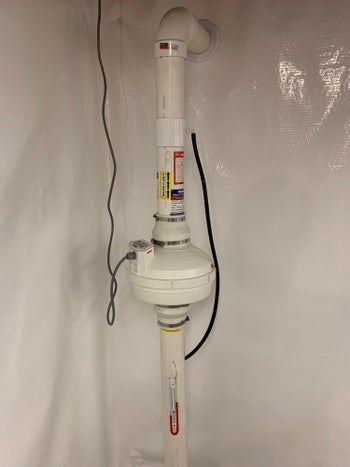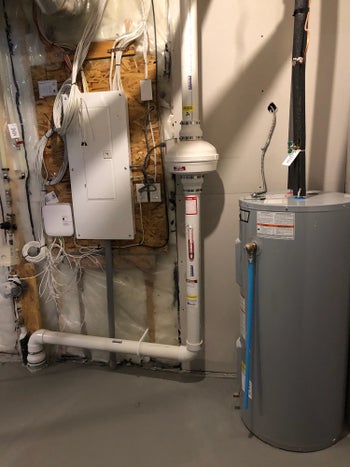Is Your New Home at Risk for Radon? What Every Buyer Should Know
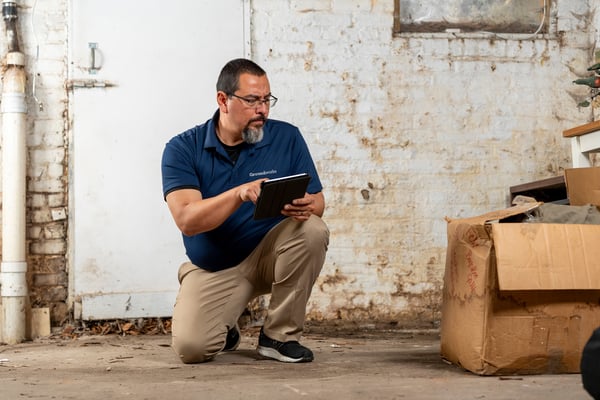
Buying a new home can be a fun and exciting process, but it’s also a substantial investment. It’s important to thoroughly vet a new home for potential problems, like an unstable foundation or a leaky basement. But there’s another, more subtle and insidious threat that definitely requires careful assessment: radon.
Before finalizing a home purchase, conducting radon testing is crucial. Radon testing measures the radon levels in homes, ensuring they are within safe limits. High radon levels are a serious concern and need immediate attention. In this article, we’ll explore what you need to know about the radon risk of your new home, and how it can affect your purchase.
What is Radon?
Radon is a naturally occurring gas resulting from the decay of uranium in soil and rocks. It can enter homes through cracks in the foundation, walls, and floors. Once inside, it can accumulate to dangerous levels, posing a significant health risk.
Canada has large deposits of uranium-rich rock and soil, which naturally emit radon gas as they decay. This gas can seep into homes through foundation cracks, gaps, and other openings. Groundwater wells can also allow radon to make its way out of the ground through the drilling site. Additionally, the cold climate often results in tightly sealed homes to conserve energy, which can trap radon inside and lead to higher indoor concentrations.
How to Evaluate Radon Risk
A thorough radon inspection should be part of every walkthrough you conduct as you search for a new home. This is the best way to ensure your investment is secure, safe, and healthy. As you evaluate a home, keep in mind the following steps:
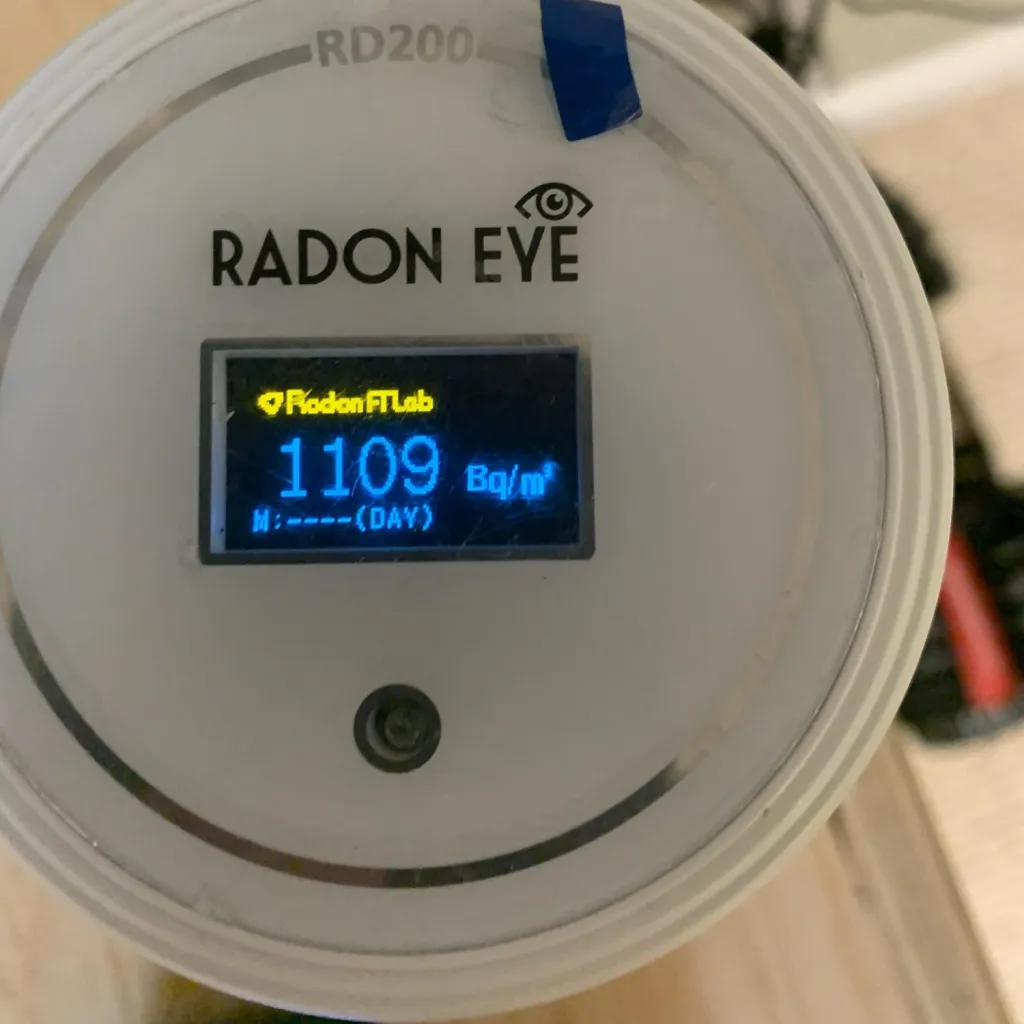
- Test before you buy: Always request radon testing as part of the home inspection process. Understanding radon levels in home can influence your buying decision.
- Assess the results: If radon levels are high, negotiate with the seller for the installation of a radon mitigation system before closing the deal.
- Stay informed: Even if radon levels are low, periodic testing is recommended. Radon levels can fluctuate, and ongoing monitoring ensures continued safety.
Should You Buy a Home with Radon Issues?
While the presence of radon in a home might initially seem like a deal-breaker, there are situations where the overall value of the property makes it a worthwhile investment despite the radon issues. Factors such as location, price, size, and other desirable features might outweigh the concern of elevated radon levels. In such cases, potential buyers should weigh the benefits against the cost and effort required to address the radon issue.
If homeowners decide to purchase a property with high radon levels, it’s essential to invest in a professional radon mitigation system. Radon mitigation systems are designed to reduce radon concentrations, ensuring the air quality is safe for residents. Based on the test results, they can negotiate with the seller to either lower the purchase price or cover the cost of installing a radon mitigation system.
Radon Mitigation: Why Professionals Matter
Professional radon mitigation provides a significant difference in ensuring homes are safe from the dangers of radon exposure. Unlike DIY methods, professional radon mitigation systems are designed and installed by experts who understand the complexities of radon infiltration and removal. These systems effectively lower radon levels in homes by venting radon gas from beneath the house to the outside, preventing it from accumulating indoors.
Professional radon mitigation also includes comprehensive radon testing before and after installation to measure the effectiveness of the system. By relying on experts, homeowners can be confident that their radon issue is addressed thoroughly and effectively, providing peace of mind and a healthier living environment.
Choose Groundworks for Proven Mitigation Solutions
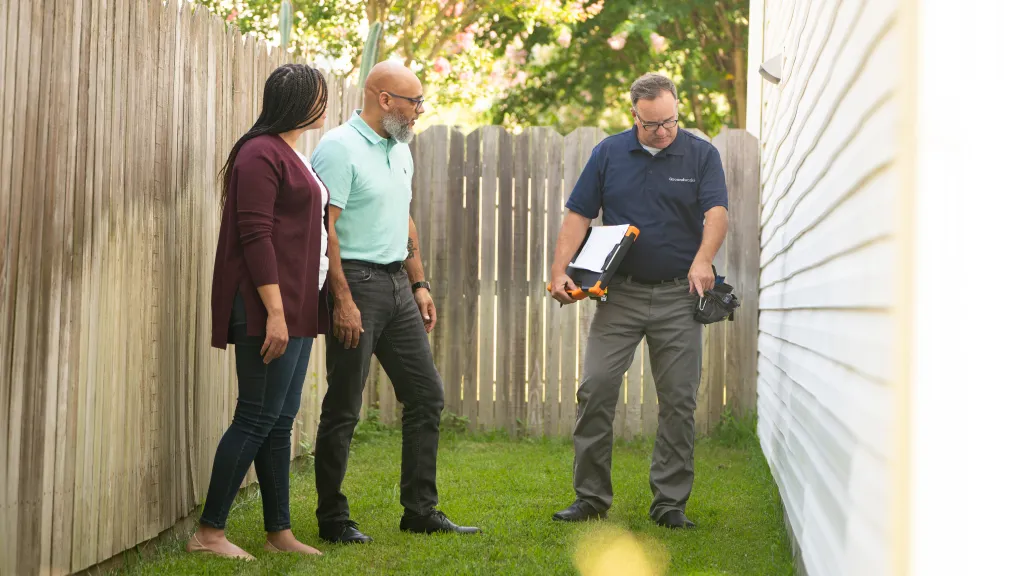
Radon is an invisible threat that requires serious consideration during the home buying process. By prioritizing radon testing and being prepared to implement a radon mitigation system if necessary, you can safeguard your new home against this silent hazard.
If you’re concerned about the radon levels in your new home, let the experts at Groundworks safeguard your investment with our proven mitigation solutions. Contact our team today to get started with a free inspection and service estimate.
Radon FAQs
The EPA recommends taking action to mitigate radon in homes with radon levels at or above 4 picocuries per liter (pCi/L) of air.
Properly designed and installed radon mitigation systems can reduce radon levels by up to 99%.
It’s recommended to have a professional install the system to ensure it meets EPA guidelines and is effective in reducing radon levels.
